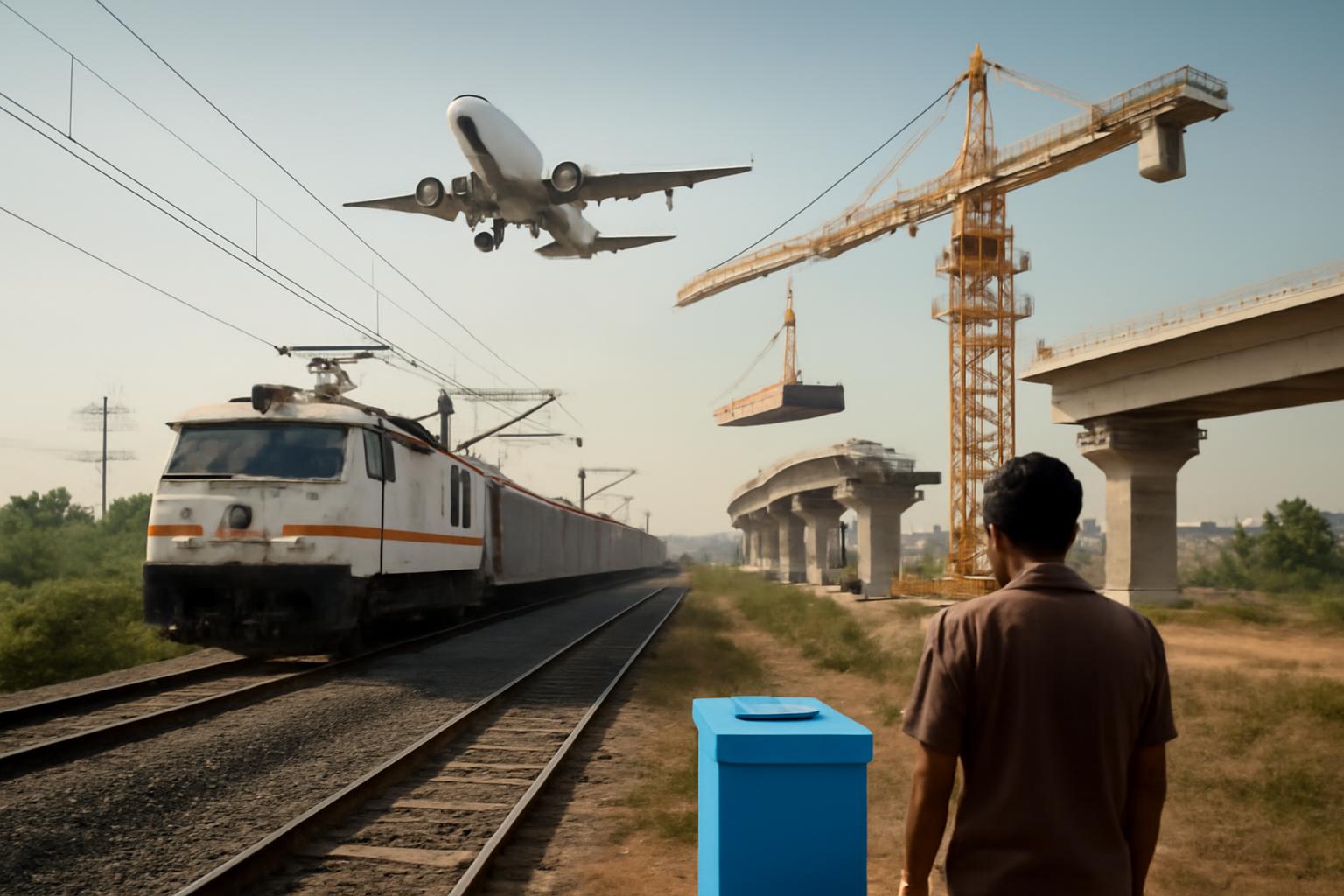A nation is pouring money into the bones of its economy—rails, runways, and the machines of transport that knit vast regions into a common market. A sprawling rail network is being modernized, with new carriages and climate-controlled compartments, faster express trains, and a cavernous expansion of airports that promises to lift movement and business across the country. The scale is impressive: hundreds of billions in investment, thousands of aircraft in the pipeline, a fleet of new high-speed trains pressing toward the northern frontier, and a tech sector that employs millions as it dyes itself deeper into the fabric of daily life. Yet for all the dazzling statistics—the record passenger numbers, the doubling of airports since 2014, the claim of rising global standing—the gains do not fall evenly. Wealth concentrates, regional disparities remain stark, and the heavier costs of rapid growth—environmental damage in some regions and the burden on water supplies and health—are borne most acutely by the poor and the rural. The prolonged drama of governance, bureaucracy, and the politics of a mega-democracy underlines the drama: the world’s largest election in 2024, a country of hundreds of millions of voters, trying to balance ambition with inclusion. Poverty has fallen, yet average incomes hover around modest levels, leaving many still excluded from the very improvements they hear are transforming the nation. The question that lingers is whether such growth can be sustained and its fruits distributed without inflaming resentment or inviting misallocation.
What is happening is a vivid demonstration of power and possibility, and a stern reminder of the limits of planning when one confuses magnitude with wisdom. It is tempting to see the scale of modern infrastructure as evidence that the central hand can choreograph the future—decide where capacity should be built, how fast to move, who must pay, and what the winners and losers will be. But knowledge is dispersed, tacit, local, and operatively relevant in ways that central dictates cannot fully grasp. The price system, with its signals and incentives, is not a luxury of liberal theory but a practical instrument for coordinating these dispersed bits of knowledge into a functioning whole. When governments set out to build the future, they must not mistake the art of large-scale allocation for economic wisdom. Subsidies, tax incentives, and public works can catalyze progress, but they can also distort incentives, entrench crony interests, and misdirect scarce resources toward projects that appear grand but do not satisfy genuine social demand.
The real test, then, is not merely the speed or scale of infrastructure but the health of the institutions that govern it: rule of law, transparent procurement, predictable regulation, clear property rights, and robust accountability. If private initiative can be invited to participate under performance-based contracts, with sunset clauses and independent oversight, the long-run advantage of decentralized, trial-and-error discovery can be harnessed without surrendering the gains to bureaucratic certainty or political capture. The benefits of modern transport and connectivity must be weighed against environmental and social costs, with a vigilant eye on how the gains reach the poorest, not just the most visible. In a country of vast variety, distributed knowledge and voluntary cooperation are not luxuries but necessities; they are the only means by which large-scale modernization can become a durable, inclusive prosperity rather than a spectacular but fragile achievement. Let the drive toward greatness be matched by a discipline that preserves liberty, opens opportunity, and trusts the spontaneous order of a free society to read the map of progress more accurately than any central planner could.
